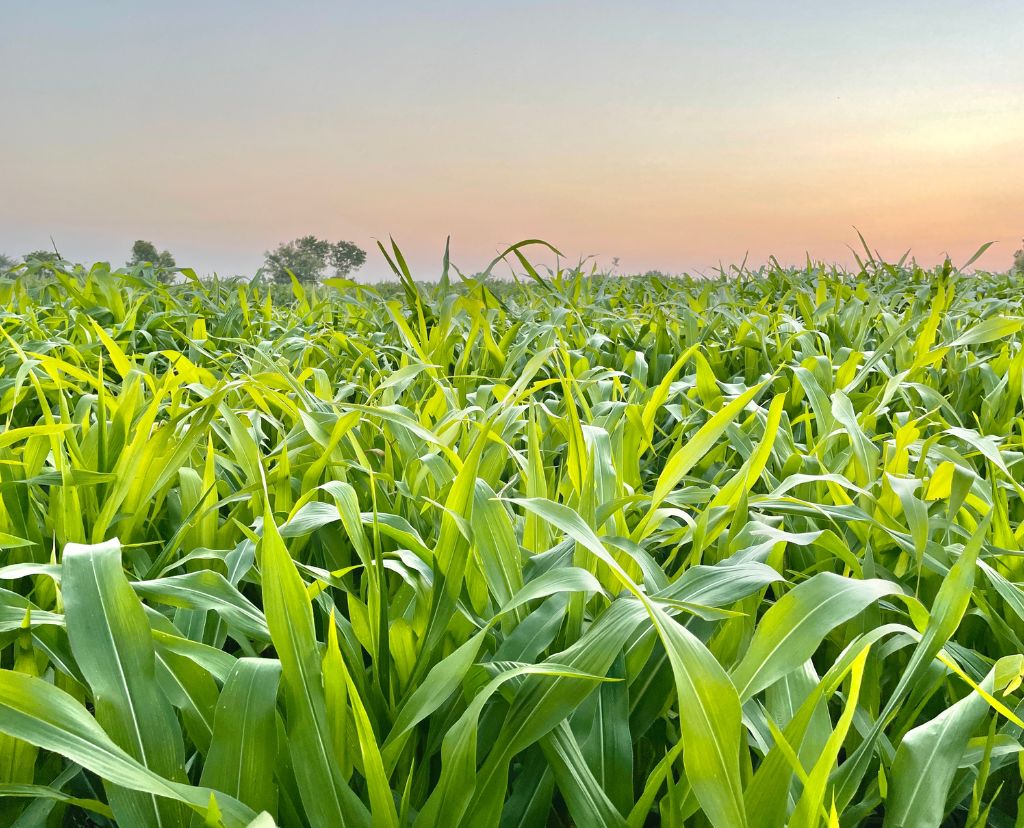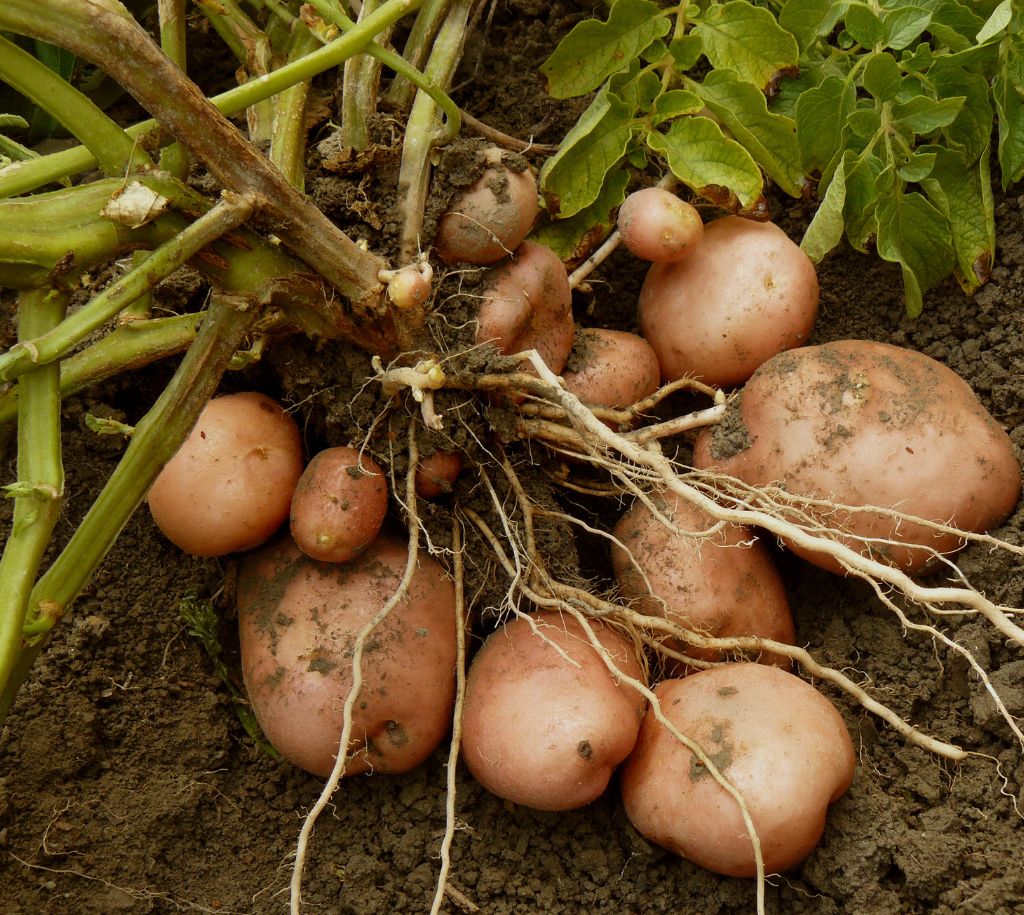In an era where environmental degradation and resource depletion threaten our planet's health, permaculture emerges as a beacon of hope, offering a sustainable solution to farming and living. Unlike conventional agriculture, which often prioritizes short-term gains and relies heavily on external inputs like synthetic fertilizers and pesticides, permaculture is grounded in principles that promote long-term ecological balance, self-sufficiency, and a deep connection with nature.
Permaculture, short for "permanent agriculture," was coined by Australian researchers Bill Mollison and David Holmgren in the 1970s. It is a holistic design philosophy that draws inspiration from natural ecosystems, focusing on creating sustainable human habitats and agricultural systems. The goal is to work with nature rather than against it, mimicking the patterns and relationships found in natural ecosystems.
At its core, permaculture emphasizes three ethical principles:
- Earth Care: Prioritize the well-being of the earth, ensuring that the environment is not depleted or damaged.
- People Care: Ensure that human needs are met in ways that do not exploit or harm the planet.
- Fair Share: Advocate for redistributing surplus to ensure equity and sustainability, encouraging us to take only what we need and to share resources.
These principles form the foundation of permaculture and guide its approach to farming, architecture, energy use, and even social structures.
The Principles of Permaculture
The design principles of permaculture are adaptable and scalable, making them suitable for a wide variety of environments and applications. Here are some of the key principles that define permaculture:
- Observe and Interact: In permaculture, observation is the first and most critical step. Before making any changes to the land, it’s essential to study the natural patterns, cycles, and characteristics of the area. This involves observing seasonal variations, rainfall patterns, wind directions, soil health, and the existing flora and fauna. Understanding the land in its natural state allows for better design decisions that work in harmony with local ecosystems.
- Sowing Seeds: Based on the crops you choose, or as per the season’s best recommendations, we carefully sow seeds in the most efficient way possible, ensuring the highest chances of success.
- Catch and Store Energy: Permaculture teaches us to capture and store energy, whether in the form of sunlight, water, wind, or organic matter. For instance, rainwater can be collected and stored in ponds or tanks for later use. Similarly, solar panels can be used to harness the sun's energy, providing renewable power for homes and farms. By maximizing the use of natural energy sources, we reduce our reliance on non-renewable resources.
- Obtain a Yield: A permaculture system is designed to be productive, providing a yield that meets human needs—whether that be food, fiber, fuel, or other resources. However, unlike conventional farming, permaculture focuses on diverse, polycultural systems that provide multiple yields and help maintain ecological balance.
- Apply Self-Regulation and Feedback: Nature is a self-regulating system where each organism and element has a role to play. In permaculture, it’s essential to create systems that can self-regulate, meaning they can adjust and correct themselves based on feedback from the environment. This helps prevent overuse of resources and ensures long-term sustainability.
- Use and Value Renewable Resources: Permaculture encourages the use of renewable resources, such as sunlight, wind, and biomass, over finite resources. This principle applies to everything from energy sources to the materials used in construction and farming. By focusing on renewable resources, permaculture reduces environmental impact and promotes sustainability.
- Produce No Waste: A key aspect of permaculture is designing systems where everything has a purpose, and waste is minimized. In a permaculture farm, organic matter such as kitchen scraps, crop residues, and animal manure are composted and returned to the soil as nutrients. By closing the loop and reusing materials, waste becomes a resource rather than a problem.
This approach allows for flexibility and learning from mistakes, ensuring that changes are sustainable and in line with the local ecosystem's needs.
The application of permaculture in farming is transformative. Conventional farming typically relies on monoculture systems, heavy tilling, chemical inputs, and extensive irrigation. These practices can degrade the soil, pollute waterways, and reduce biodiversity.
If you prefer a mix of different crops, our farm managers will create a rotational plan that ensures the land stays fertile and productive while offering you a variety of fresh produce throughout the year. You can grow:
For more inspiration, view our extensive range of crops and plantations to give you an idea of what to look for – and how to put yourself in the picture.
Getting started
Permaculture provides a blueprint for creating sustainable, resilient, and self-sufficient systems that benefit both people and the environment. By focusing on long-term ecological balance, it offers an alternative to the exploitative practices of conventional agriculture and modern lifestyles. Whether you're a farmer, a city dweller, or someone simply looking to live in harmony with nature, permaculture presents a sustainable approach that enriches the land, promotes biodiversity, and nurtures the human spirit. As the world continues to face environmental challenges, embracing permaculture could be one of the most significant steps toward ensuring a healthy, thriving future for generations to come.






